

Species in this gallery:
Bornean Bearded Pig (Sus barbatus)
Celebes Warty Pig (Sus celebensis)
Wild Boar (Sus scrofa) with several subspecies
Bornean Bearded Pig (Sus barbatus)
The Bornean Bearded Pig (Sus barbatus), also known as the Sunda bearded pig or simply bearded pig, is a species in the pig genus, Sus. It can be recognized by its prominent beard. It also sometimes has tassels on its tail. It is found in Southeast Asia—Sumatra, Borneo, the Malay Peninsula, and various smaller islands like in Sulu archipelago such as Tawi-Tawi, where it inhabits rainforests and mangrove forests. The bearded pig lives in a family. It can reproduce from the age of 18 months, and can be cross-bred with other species in the family Suidae.
The two subspecies of this pig are:
S. b. barbatus (the nominate subspecies)
S. b. oi (the western bearded pig)
As traditionally defined, the nominate is from Borneo. The species is widely ranging in Borneo. It is also found in Tawi-Tawi province at the tip of the Sulu Archipelago in the Philippines, although possibly has been extirpated, and S. b. oi is from the Malay Peninsula and Sumatra. Genetic evidence suggests this is incorrect, and S. b. oi is better limited to Sumatra, leaving bearded pigs from both Borneo and the Malay Peninsula in the nominate subspecies. Those from Bangka Island appear somewhat intermediate between the two subspecies.
The Palawan bearded pig (Sus ahoenobarbus) has formerly been considered a subspecies of the bearded pig. However, as indicated by its genetic and morphological distinctness, under the phylogenetic species concept (which does not use subspecies) it needs to be elevated to full species status; while the situation is less clear under other species concepts (as not all S. barbatus populations have been restudied in modern times), the presently available information seems to favor full species status for S. ahoenobarbus in any case.
Bornean Bearded Pig (Sus barbatus) seen in various locations in Sabah, Malaysian Borneo:


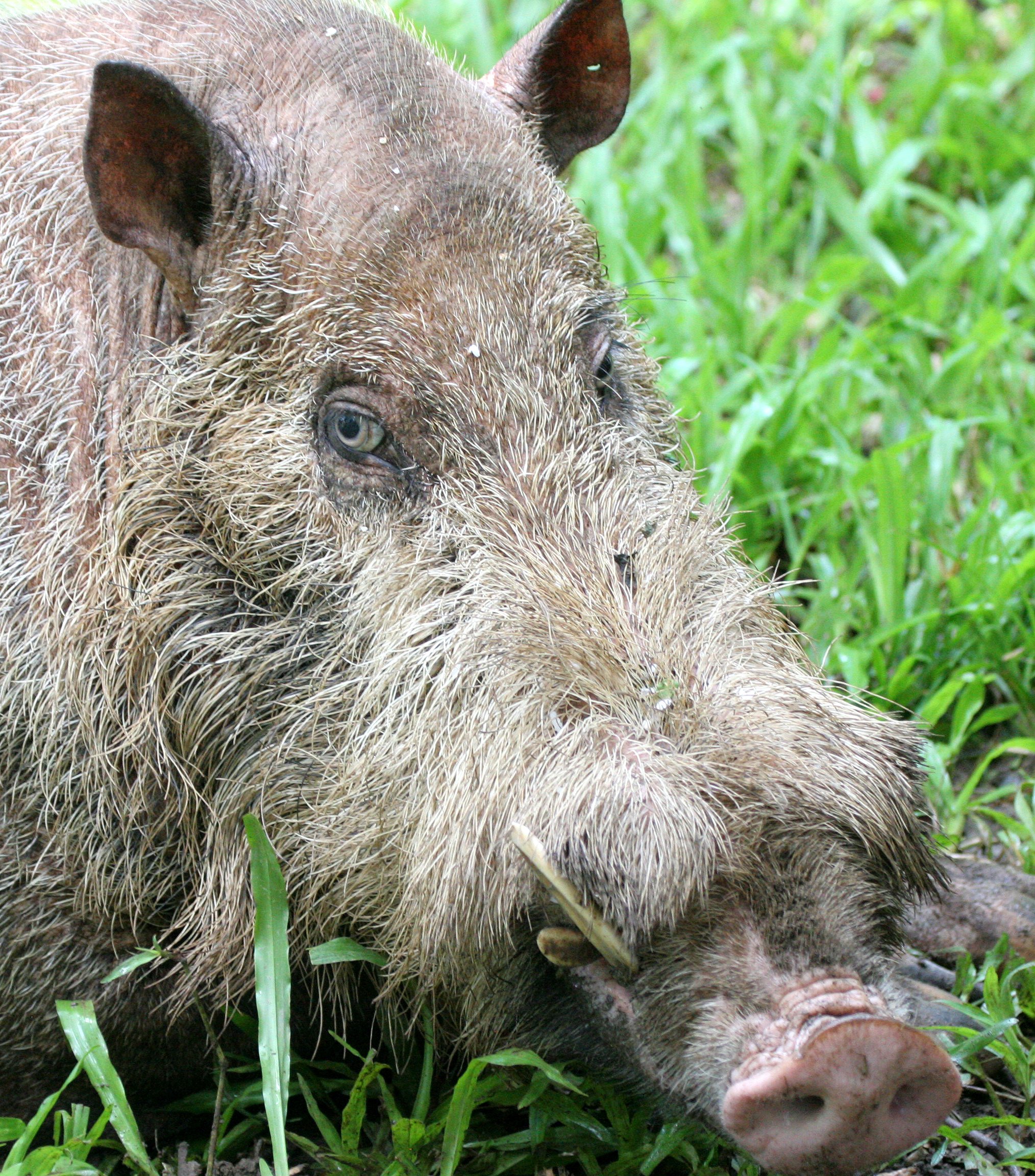


































































































Warty Pig and Piglets in Nantu Sulawesi
Celebes Warty Pig (Sus celebensis)
The Celebes Warty Pig (Sus celebensis), also called Sulawesi warty pig or Sulawesi pig, is a species in the pig genus (Sus) that lives on Sulawesi in Indonesia. It survives in most habitats and can live in altitudes of up to 2,500 m (8,000 ft). It has been domesticated and introduced to a number of other islands in Indonesia.
The Celebes warty pig is a medium-sized pig, and quite variable in size and appearance. Although a number of subspecies have been recognised, it is now regarded as a monotypic taxon. It is the only pig species that has been domesticated apart from the wild boar; being semi-domesticated may have had an influence on the variability of its appearance.[2] This pig has a head-and-body length of between 80 and 130 cm (30 and 50 in) and a long tail, with males generally being larger than females. The back is rounded and the legs short. The colour is greyish-black, sometimes tinged with red or yellow on the flanks. There are three pairs of facial warts and a fringe of pale bristles on the snout and more bristles on the cheeks. The crown and nape are topped by a short crest of dark bristles, while a dark mid-dorsal stripe extends from the crest towards the tufted tail. Young pigs have longitudinal stripes, but these fade as the piglets grow.
The Celebes warty pig occurs in Sulawesi, being plentiful in central, eastern and south-eastern parts of the island but uncommon in the northeastern and southern parts. It also occurs naturally on the nearby smaller islands of Buton, Muna, Kabeana, Peleng, Lembeh and the Togian Islands. Besides this, it has been domesticated and introduced to various other islands, has hybridised with Sus scrofa, and has become feral in some places, giving rise to a number of different pig populations. It inhabits various habitat types including rainforest, swamp, cultivated land and grassland, at altitudes up to 2,500 m (8,000 ft).
This pig tends to move around in small groups of up to nine individuals, led by a dominant male and including several females and their offspring. Foraging takes place mainly in the early morning and the evening; the diet consists mainly of roots, shoots, leaves and fallen fruit, but also includes carrion, invertebrates and small vertebrates. Breeding takes place throughout the year. Gestation periods are probably between four and five months, and litter sizes can be up to eight, but in one study, averaged about two. The most important natural predator is the reticulated python.
The chief threats faced by this pig are an expanding human population, deforestation, with conversion of the land to agricultural use, and hunting for human consumption. Even in areas such as national parks, where the species is protected, hunting still occurs and the meat is traded in local markets. This over-hunting and loss of habitat has led the International Union for Conservation of Nature to assess the pig's conservation status as being "near threatened".












































Wild Boar (Sus scrofa)
The Wild Boar (Sus scrofa), also known as the wild swine, common wild pig, Eurasian wild pig, or simply wild pig, is a suid native to much of Eurasia and North Africa, and has been introduced to the Americas and Oceania. The species is now one of the widest-ranging mammals in the world, as well as the most widespread suiform. It has been assessed as least concern on the IUCN Red List due to its wide range, high numbers, and adaptability to a diversity of habitats. It has become an invasive species in part of its introduced range. Wild boars probably originated in Southeast Asia during the Early Pleistocene and outcompeted other suid species as they spread throughout the Old World.
As of 1990, up to 16 subspecies are recognized, which are divided into four regional groupings based on skull height and lacrimal bone length. The species lives in matriarchal societies consisting of interrelated females and their young (both male and female). Fully grown males are usually solitary outside the breeding season. The wolf is the wild boar's main predator in most of its natural range except in the Far East and the Lesser Sunda Islands, where it is replaced by the tiger and Komodo dragon respectively. The wild boar has a long history of association with humans, having been the ancestor of most domestic pig breeds and a big-game animal for millennia. Boars have also re-hybridized in recent decades with feral pigs; these boar–pig hybrids have become a serious pest wild animal in the Americas and Australia.
MtDNA studies indicate that the wild boar originated from islands in Southeast Asia such as Indonesia and the Philippines, and subsequently spread onto mainland Eurasia and North Africa. The earliest fossil finds of the species come from both Europe and Asia, and date back to the Early Pleistocene.[16] By the late Villafranchian, S. scrofa largely displaced the related S. strozzii, a large, possibly swamp-adapted suid ancestral to the modern S. verrucosus throughout the Eurasian mainland, restricting it to insular Asia. Its closest wild relative is the bearded pig of Malacca and surrounding islands.
Subspecies
As of 2005,16 subspecies are recognised, which are divided into four regional groupings:
Western: Includes S. s. scrofa, S. s. meridionalis, S. s. algira, S. s. attila, S. s. lybicus and S. s. nigripes. These subspecies are typically high-skulled (though lybicus and some scrofa are low-skulled), with thick underwool and (excepting scrofa and attila) poorly developed manes.
Indian: Includes S. s. davidi and S. s. cristatus. These subspecies have sparse or absent underwool, with long manes and prominent bands on the snout and mouth. While S. s. cristatus is high-skulled, S. s. davidi is low-skulled.
Eastern: Includes S. s. sibiricus, S. s. ussuricus, S. s. leucomystax, S. s. riukiuanus, S. s. taivanus and S. s. moupinensis. These subspecies are characterised by a whitish streak extending from the corners of the mouth to the lower jaw. With the exception of S. s. ussuricus, most are high-skulled. The underwool is thick, except in S. s. moupinensis, and the mane is largely absent.
Indonesian: Represented solely by S. s. vittatus, it is characterised by its sparse body hair, lack of underwool, fairly long mane, a broad reddish band extending from the muzzle to the sides of the neck. It is the most basal of the four groups, having the smallest relative brain size, more primitive dentition and unspecialised cranial structure.
The below galleries are of the subspecies of Sus scrofa that I have photographed over the years:
North African Wild Boar (Sus scrofa algira) Bouhedma National Park Tunisia











Indian Wild Boar (Sus scrofa cristatus) Yala National Park Sri Lankan population














Indian Wild Boar (Sus scrofa cristatus) various locations in India - mainland Indian population














































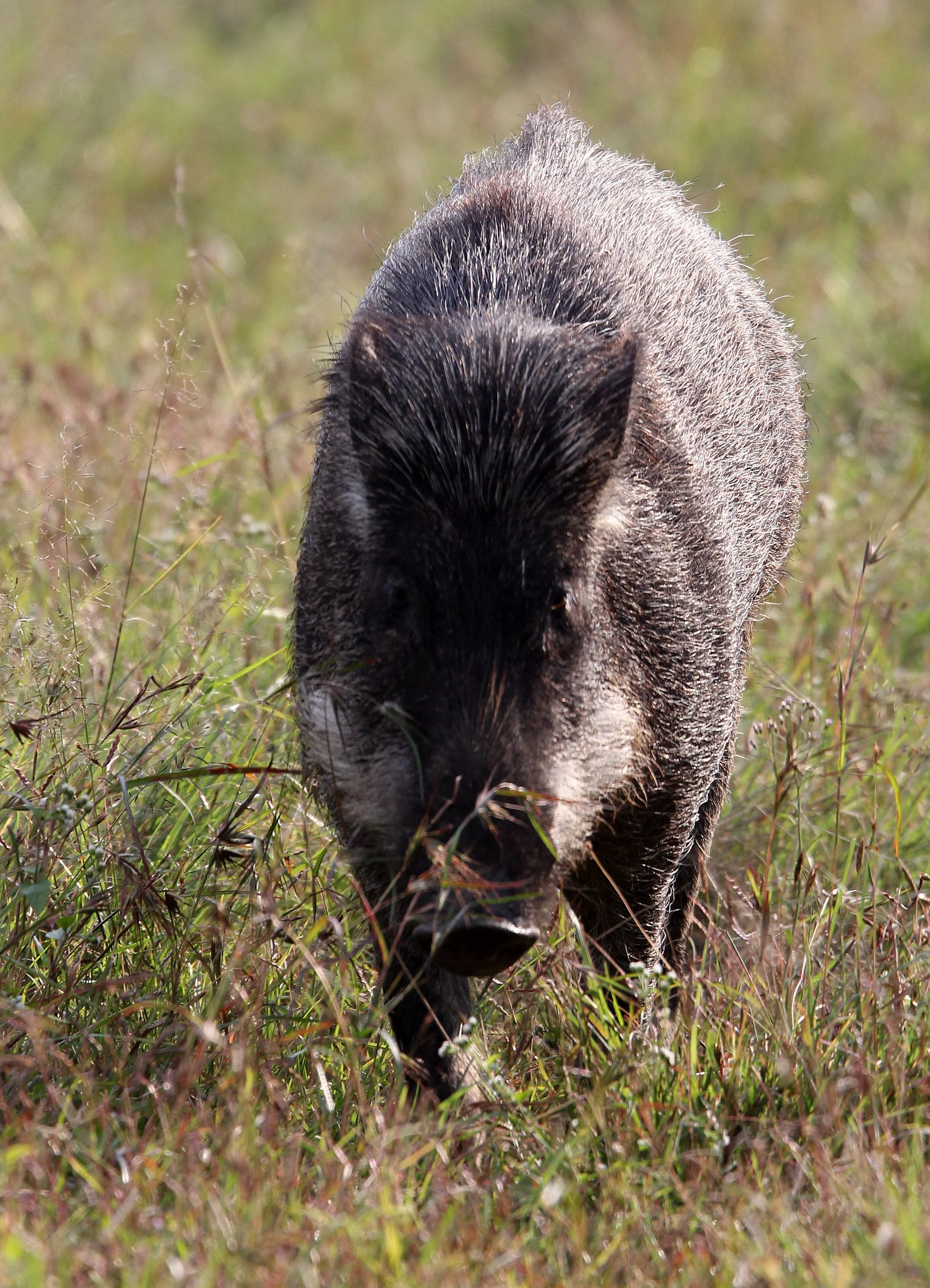












Central Asian Wild Boar (Sus scrofa davidi) various locations in Gujarat - confirmation of this ID is needed













Thai Wild Boar (Sus scrofa jubatus) Erawan National Park (seen elsewhere as well)

Thai Wild Boar (Sus scrofa jubatus) Erawan National Park, Kanchanaburi Thailand




























Thai Wild Boar (Sus scrofa jubatus) Sakaerat Environmental Research Station, Khao Yai NP Dec 2024


Japanese Wild Boar or Inushishi (Sus scrofa leucomystax) Aomori Prefecture - Shimokita Peninsula











Maremman Wild Boar (Sus scrofa majori) Abruzzo National Park, Italy



Mediterranean Wild Boar (Sus scrofa meridionalis) Sierra de Andujar Spain











Northern Chinese Wild Boar (Sus scrofa moupinensis) Tangjiahe Nature Reserve, Sichuan China

Northern Chinese Wild Boar (Sus scrofa moupinensis) Tangjiahe National Nature Reserve, Sichuan China 2012


























Northern Chinese Wild Boar (Sus scrofa moupinensis) Tangjiahe National Nature Reserve, Sichuan China 2012

















Eurasian Wild Boar (Sus scrofa scrofa) La Camargue France
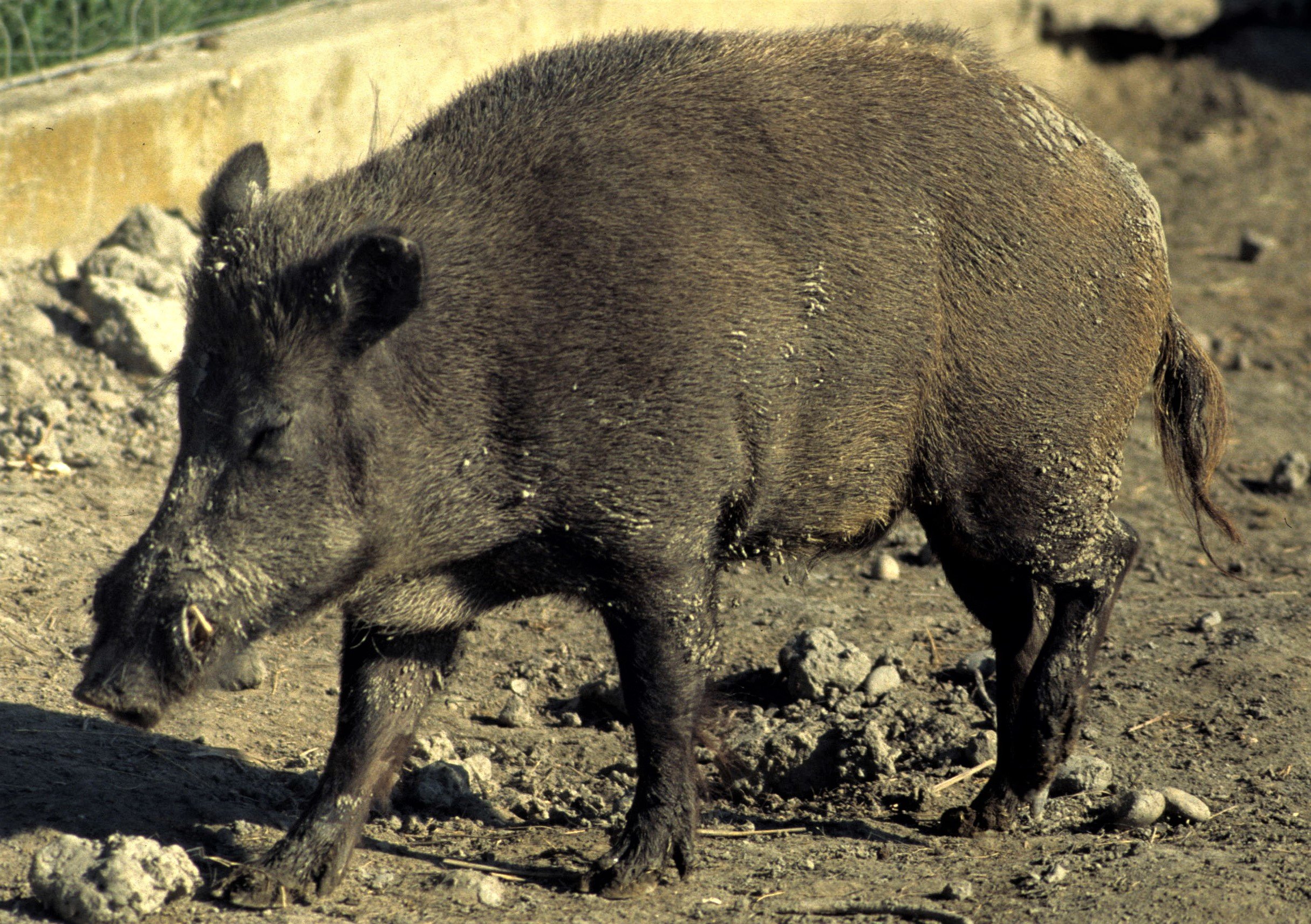
Sundai Banded Pig (Sus scrofa vittatus) Ujung Kulon National Park Java Barat Indonesia









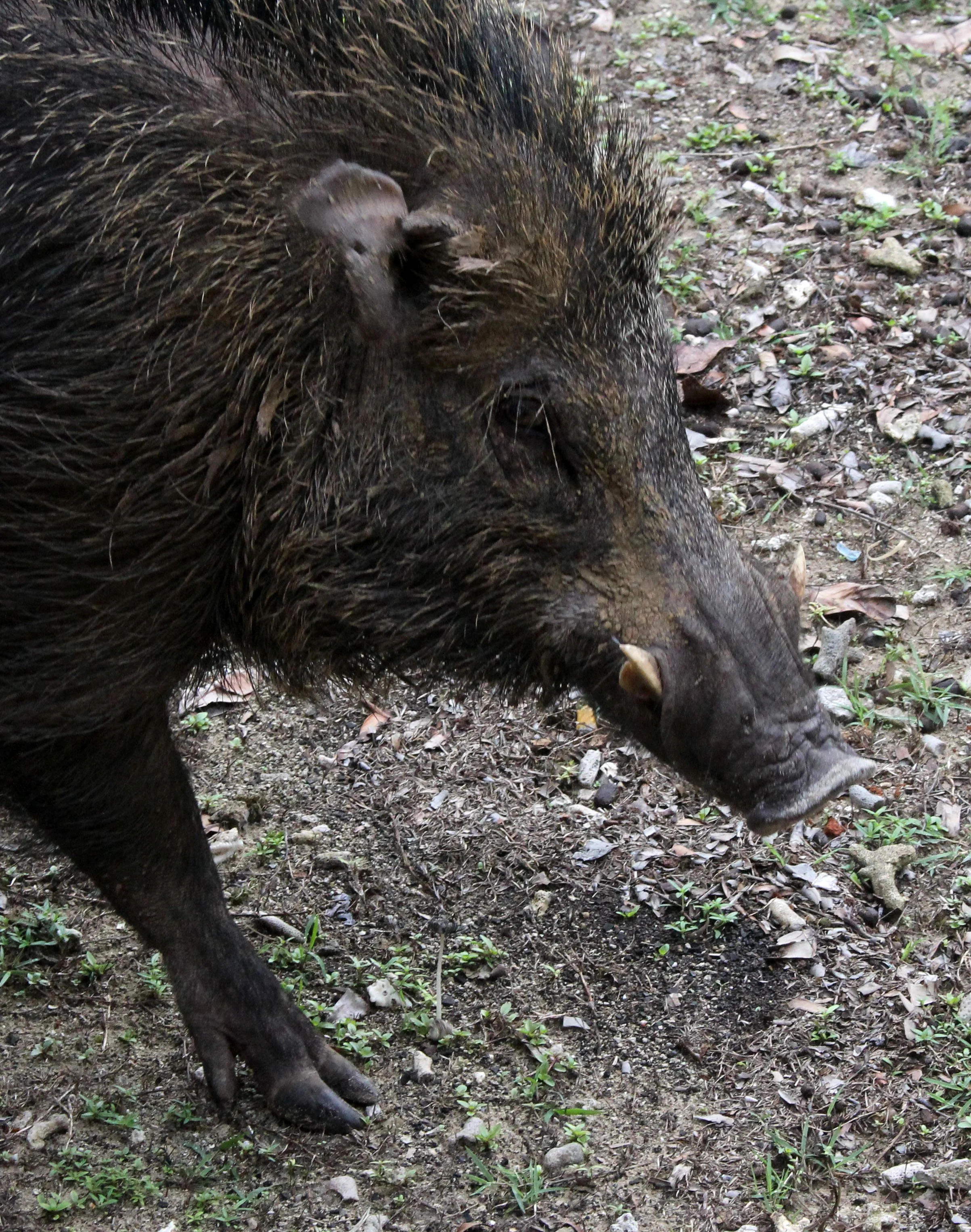



















Feral Hogs (Sus scrofa scrofa) From various locations - Kakadu, Australia, Indonesia, Pantanal Brazil
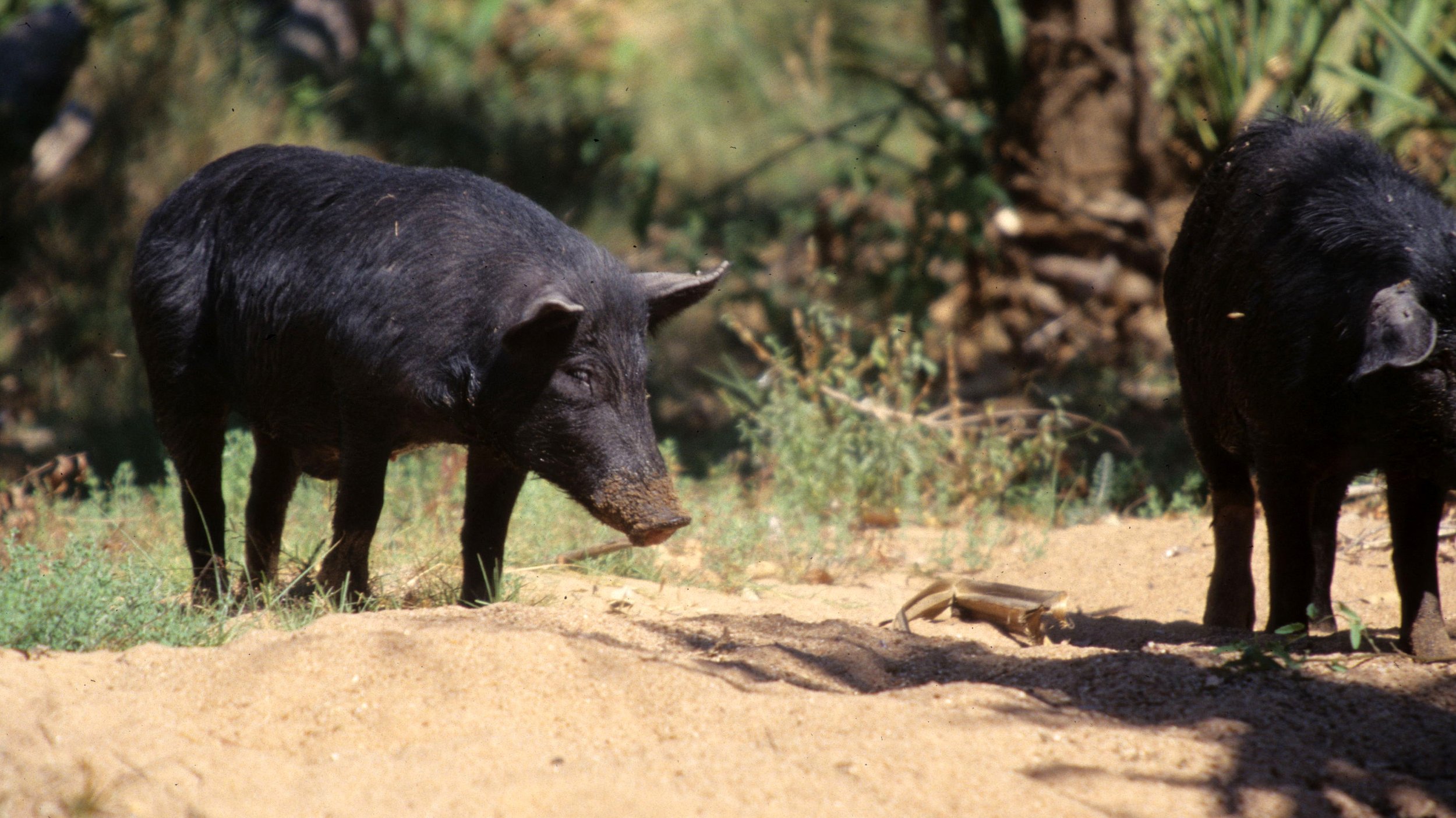
Kakadu, National Park, Australia

Kakadu, National Park, Australia

Kakadu, National Park, Australia

Kakadu, National Park, Australia

Kakadu, National Park, Australia
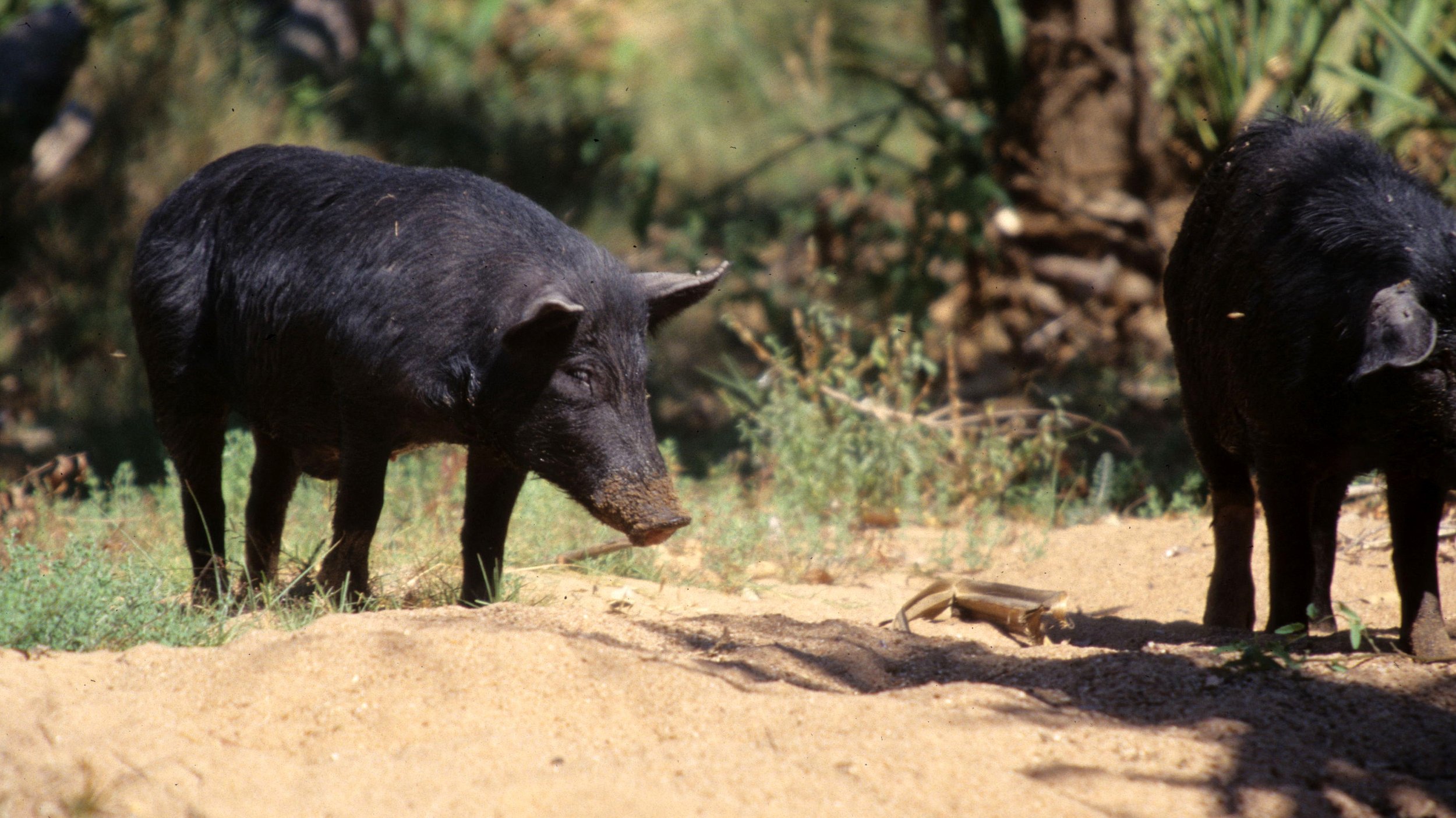
Kakadu, National Park, Australia
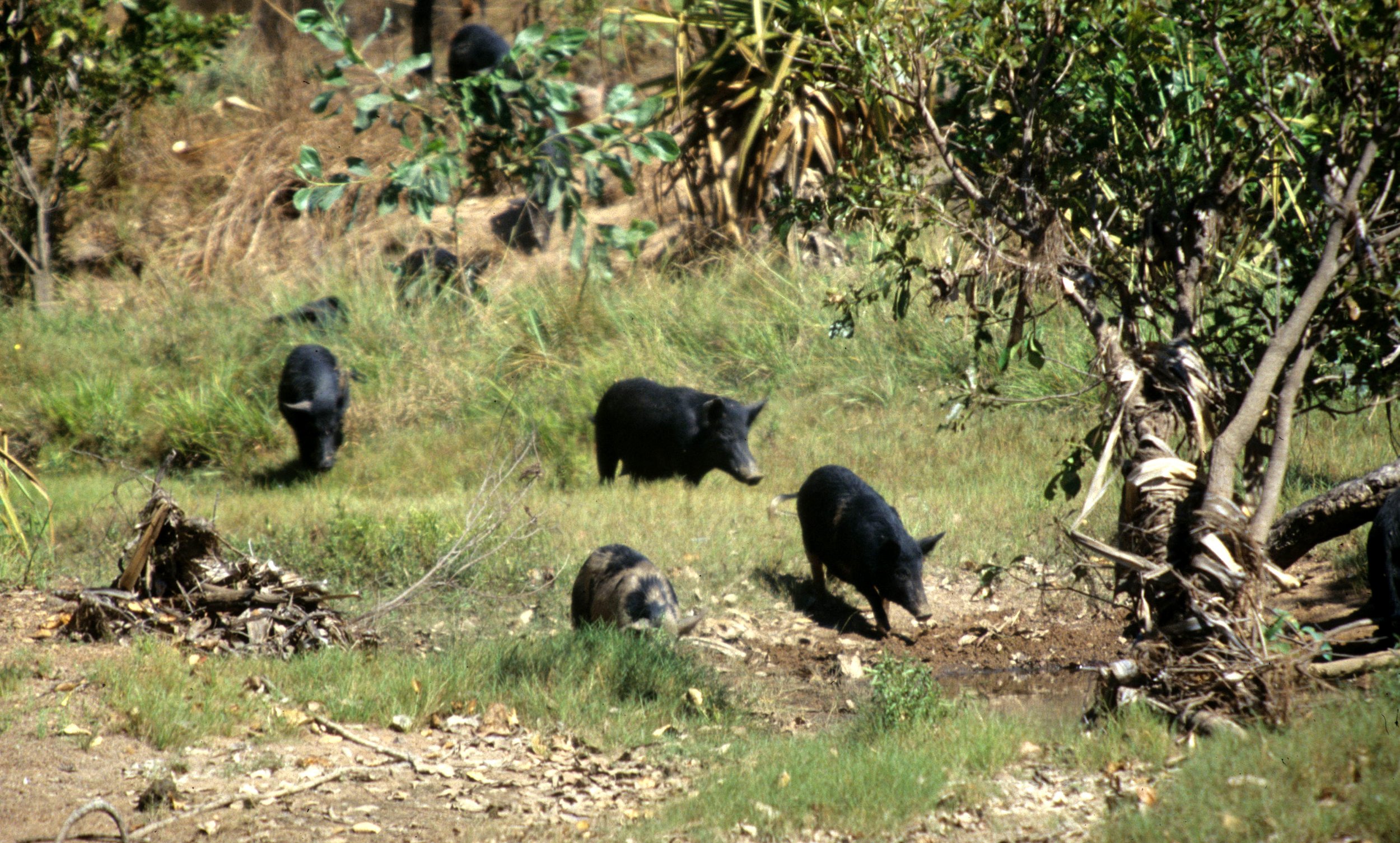
Kakadu, National Park, Australia
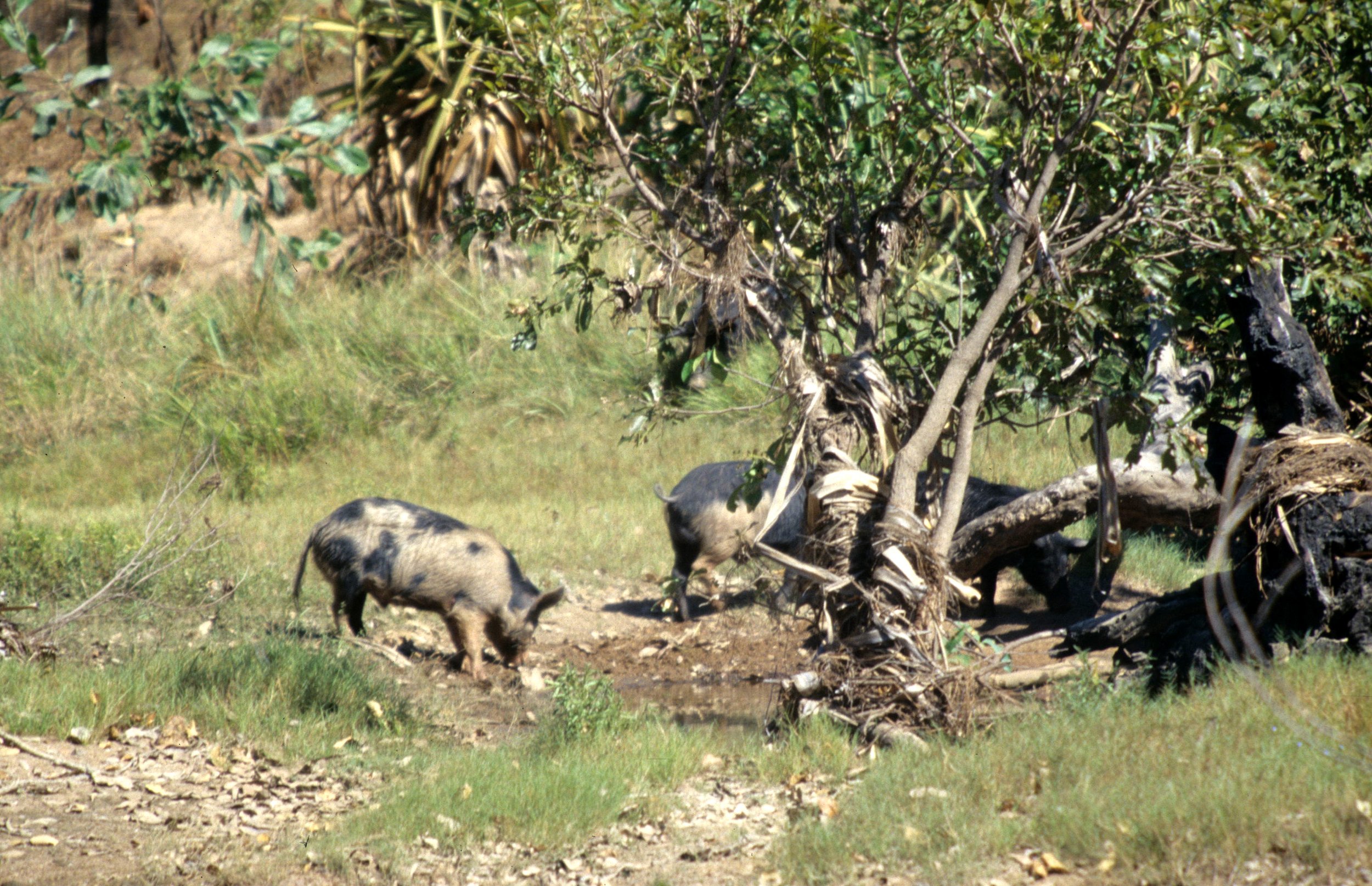
Kakadu, National Park, Australia
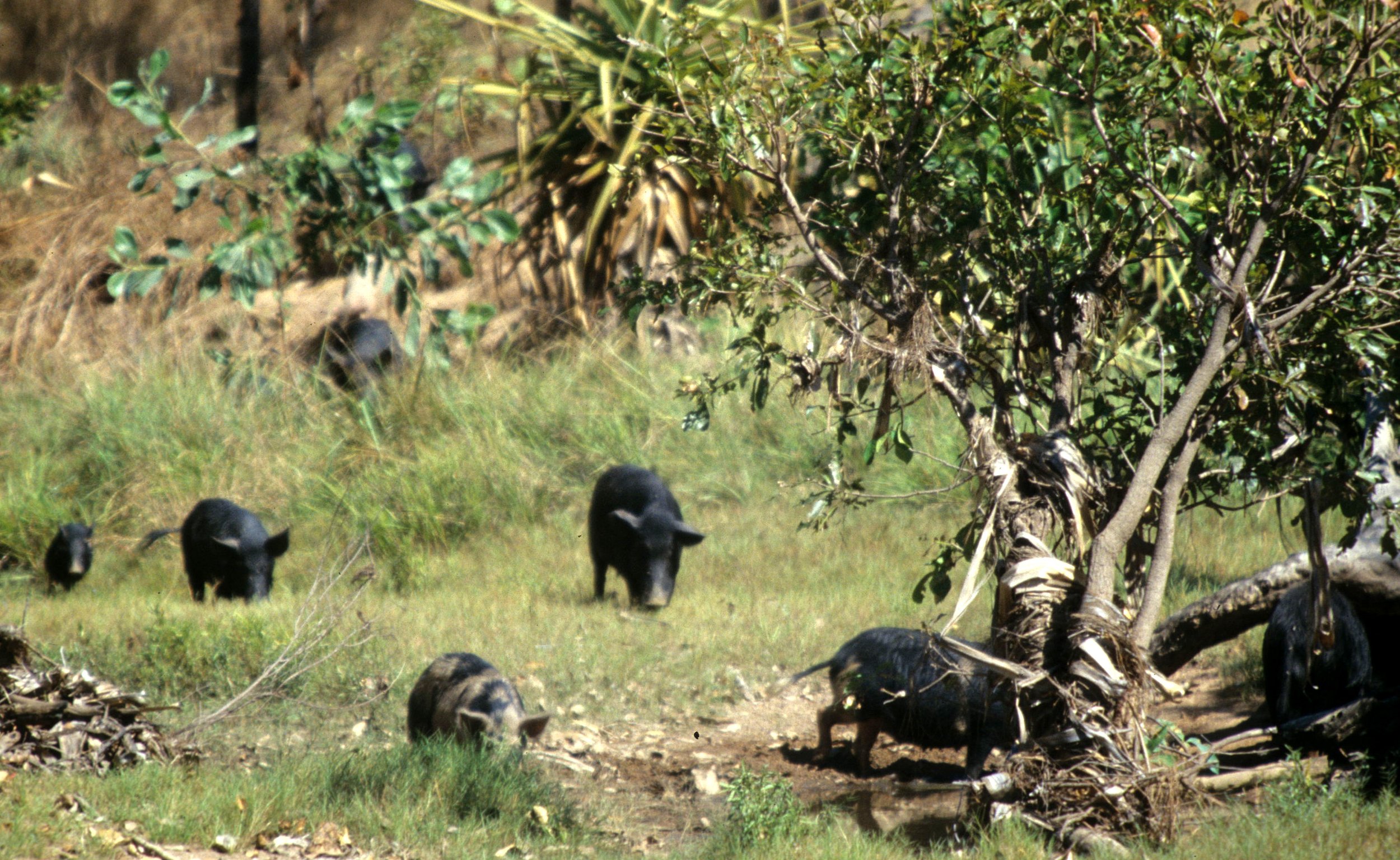
Kakadu, National Park, Australia
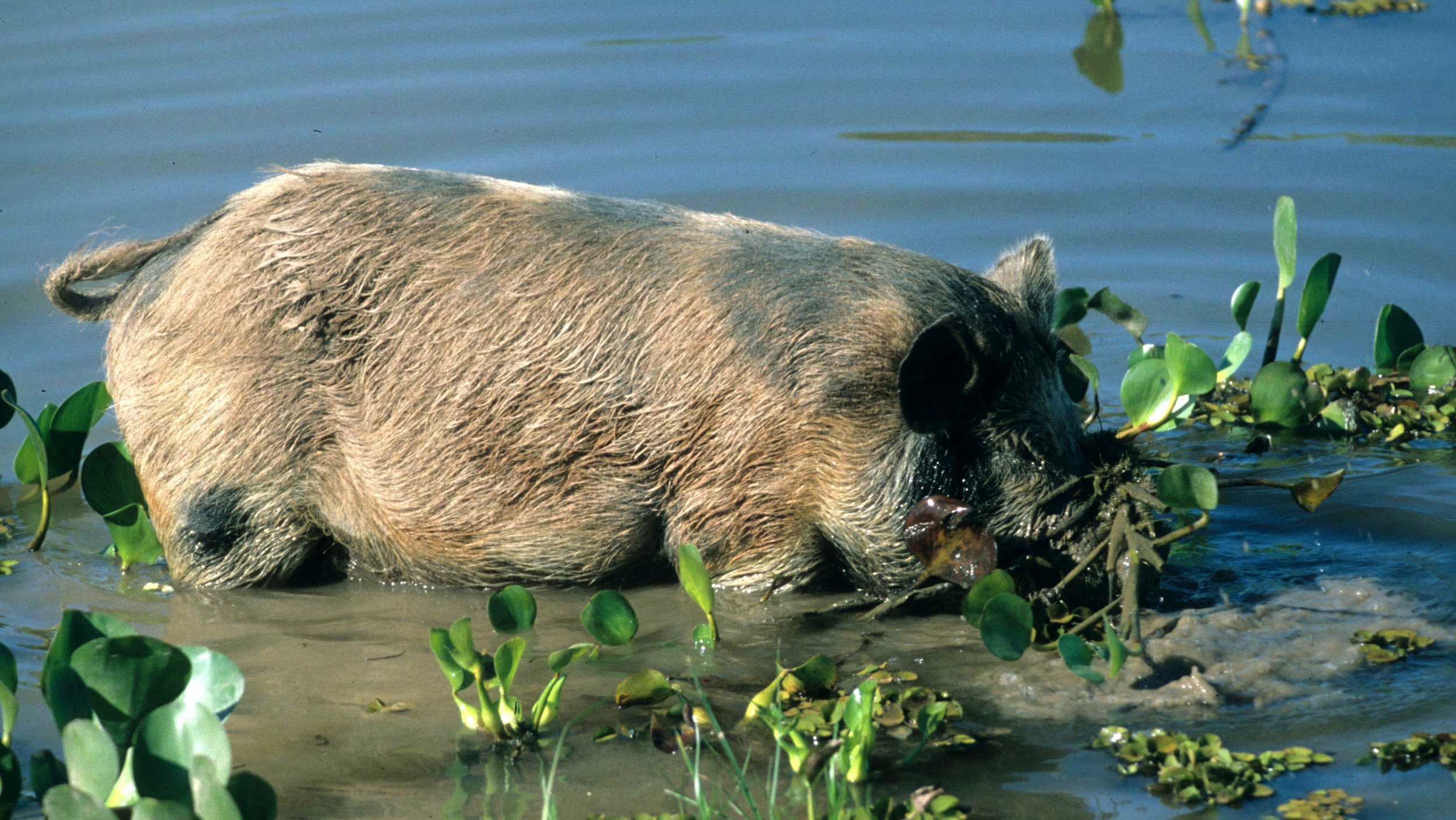
Pantanal Brazil
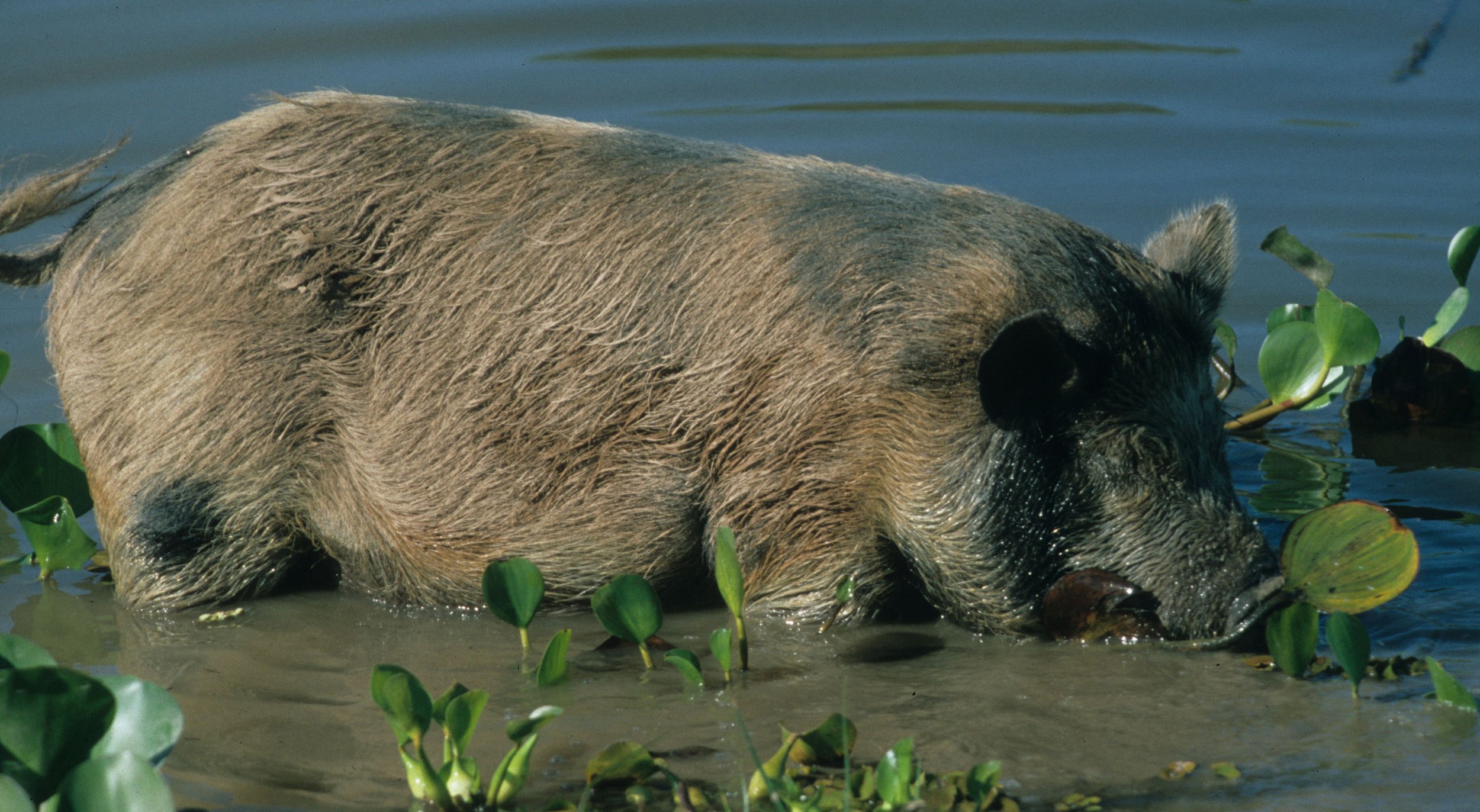
Pantanal Brazil
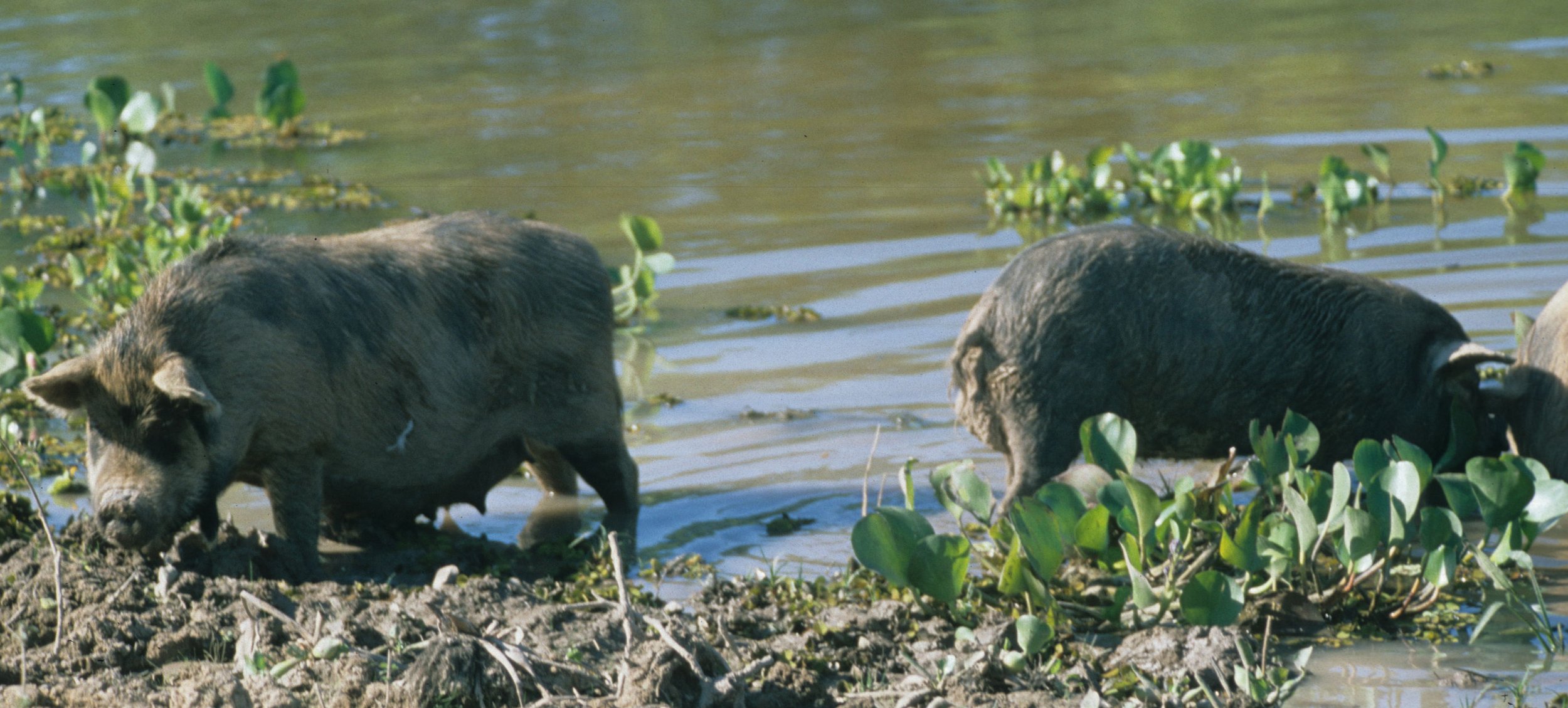
Pantanal Brazil

Tangkoko National Park, Sulawesi

Tangkoko National Park, Sulawesi

Tangkoko National Park, Sulawesi

Tangkoko National Park, Sulawesi

Tangkoko National Park, Sulawesi

Southern Pantanal, Aguape

Southern Pantanal, Aguape

Southern Pantanal, Aguape

Southern Pantanal, Aguape

Southern Pantanal, Aguape

Southern Pantanal, Aguape

Southern Pantanal, Aguape

Southern Pantanal, Aguape

Southern Pantanal, Aguape

Southern Pantanal, Aguape

Southern Pantanal, Aguape












Vietnamese Pot-bellied Pig (Sus scrofa domesticus) Vân Long Ninh Bình Việt Nam. This is the location where this breed originated.

Sus scrofa domesticus - Vietnamese Pot-bellied Pig - Vân Long Ninh Bình Việt Nam

















